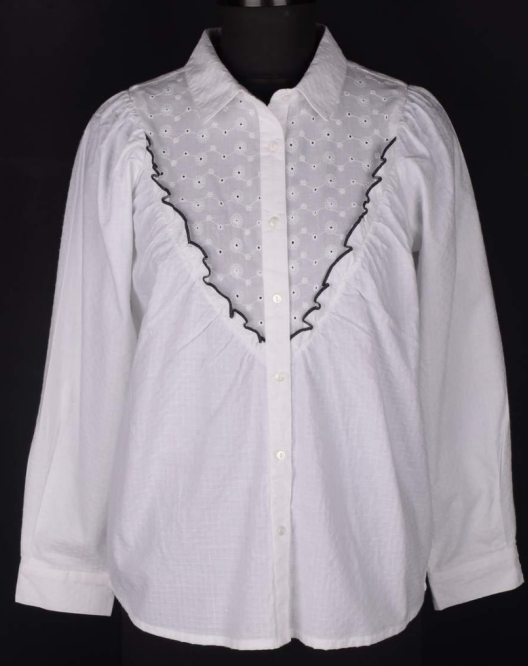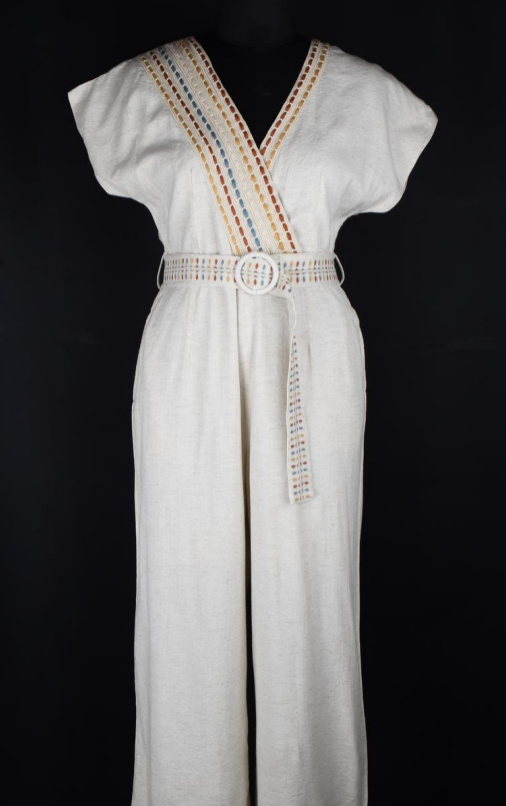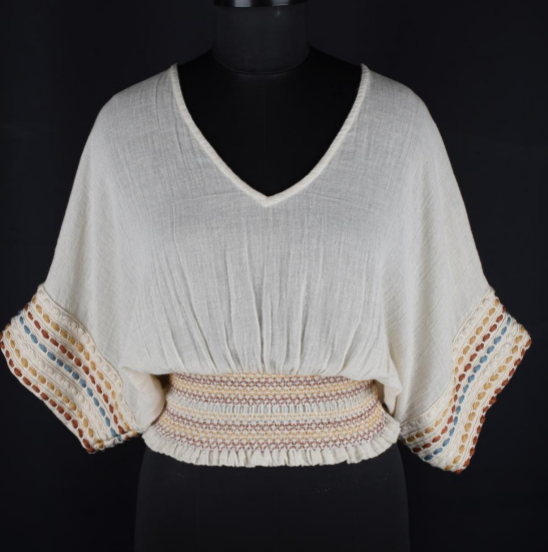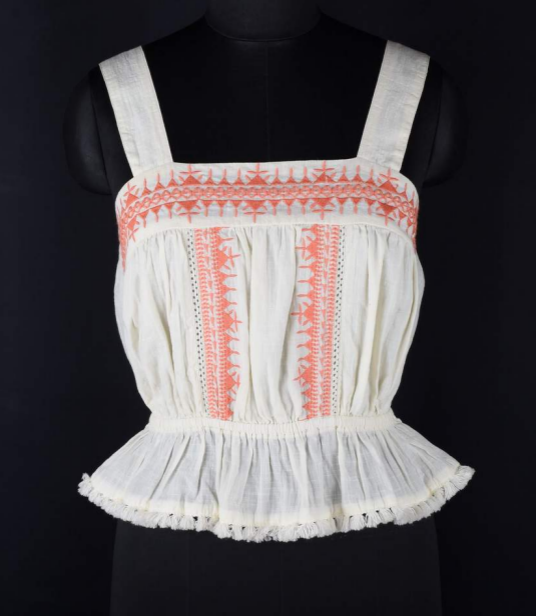What Makes A Design Trendy? Jaipur Experts Reveal
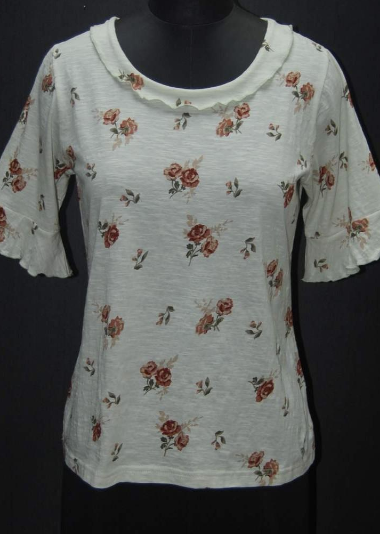
As a garment manufacturer, what’s better than coming up with a design that’s trendy? A good design that’s fit for the market can improve your brand’s reach and identity. However, it is often considered that trendy designs are a matter of luck rather than something you can come up with. This is generally untrue because there are brands continuously coming up with trendy designs that sell well every season.
So, how do those brands achieve this level of market understanding? More than market understanding developing trendy designs as garment manufacturers India comes from understanding your products very well. So, how do you make trendy designs? Here’s some detailed insights into the process from one of the top export house in Jaipur, CheerSagar.
The Three Designing Aspects That Go Into Making a Design Trendy
Colour, cut, and fabric can be considered the three cornerstones that go into making a design trendy. But how do they make or break the trendiness of a garment design? Let’s explore what goes into making the best readymade garments in India that are market ready.
-
Colour
When you’re working on garment manufacturing, getting the colour right is crucial. Colours convey emotions and they have deep psychological associations and meanings that go into making your garments stand out. Just making clothes that are bold and neon in colour isn’t enough to get to the eyes of consumers, there must be forethought and understanding behind colour choices.
-
If you’re an upscale brand that’s into making comfort, wear soft pastels and soothing colours, which are the best way to go.
-
If you’re into manufacturing clothing basics, neutral colours are good.
-
For sportswear or activewear, bold and bright colours are better suited.
The requirement defines the colour palette you should work with. However, there’s more than that too. There are seasonal relevances of colours and social media trends and buzz regarding colours that are going to be trendy in a particular year. These factors must be considered at the time of designing your garments.
A fall-season collection often features dark tones and neutral colours, a spring collection features bright colours and floral hues, and summer collections have bold colours and fun prints. These small differences make a huge impact on the marketability of your products. Similarly, online fashion vloggers and gurus often predict and create colour trends for years and seasons. There are companies like Pantone that release the colour of the year and colour palettes of the year, which trickle down significantly to consumer products like garments. These changes must be monitored and accordingly considered when designing new garment collections.
-
Cut
The cut of the garment defines its marketability and it can even be defined by economic factors of society. There are also fashion history principles that you must consider when you’re planning the cuts of the garments. What are the factors that define how the cut inspires garment trends? Here’s a brief overview.
It is generally considered that garment cuts and fashion trends come back in a timeline of 20 to 40 years. Retro designs came into trend again in the 2020s, 40 years later. The 90s were in trend again in the 2010s briefly. This type of trend repopularisation is an important thing that you must monitor as a garment manufacturer in India. The cuts of garments are defined by these fashion movements and timelines, which, over the course of time, create trendy garment designs.
Apart from keeping track of global trends, you should also focus on unisex cuts for your garments as it is an increasing trend globally to support sustainable clothing. Functional garments are all the rage currently with a continously increasing market share. Make sure you add functional benefits to your garments that are accessible and relevant to your target audience.
-
Fabric
Fabric is the heart of the garment; once you’ve reeled the customers in with the colour and cut, it is the fabric that can ensure you complete your sale. In 2025, fabric has evolved significantly, and just having cotton or polyester is not enough anymore. Brands are rushing to offer additional benefits to their garments, like using recycled fabric and integrating fabric tech such as hypoallergenic fabric, moisture-wicking technology, and UV protection in fabric. These factors significantly improve the marketability of your garments and help your products stand out.
Apart from functionality, you also have to ensure you’re balancing it out with look and feel. A garment that’s easy on the eyes and comfortable to the touch is very trendy at all times. This can be ensured by using a variety of textures and different fabric blends to ensure your garments never compromise on fit and look.
Conclusion
These are some of the key factors that go into making your garment designs trendy. As the top export company in Jaipur, CheerSagar has decades of insights into understanding international garment trends and following them to manufacture market-ready garments that sell well. If you’re interested in partnering with CheerSagar for garment manufacturing and exporting requirements, check out the website today.
Related Blog
Innovations From Kids Wear Manufacturers In India
As the years pass by new and exciting innovations in the apparel industry are making the world a better place....
Beat The Chill With These Warmest Fabrics This Winter Season
To quote a line from Game of Thrones, “Winter has come.” It's easy to put on a loose pair of...
What’s A Master Pattern In Garment Manufacturing & How Do You Make It?
Fit is the most important make-or-break factor in garments. Women's Cloth Manufacturers have to create garments that fit the...

